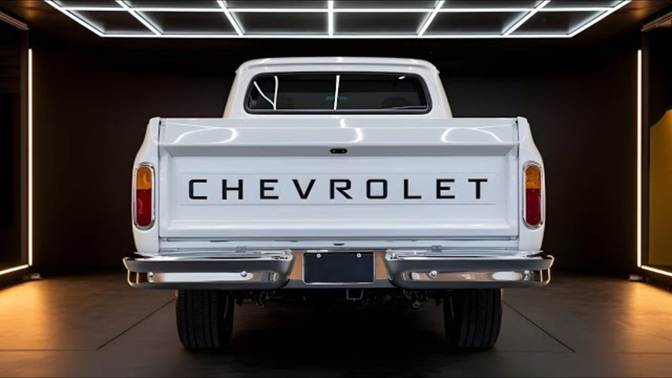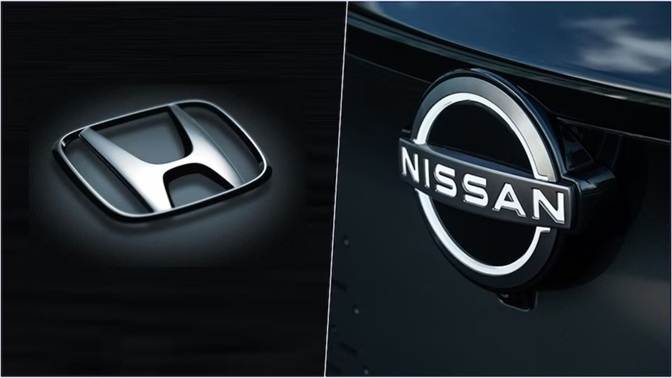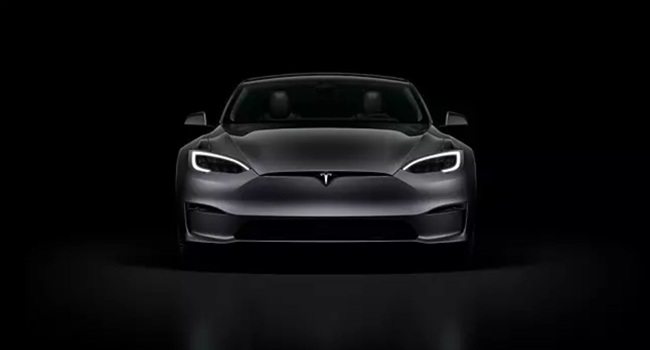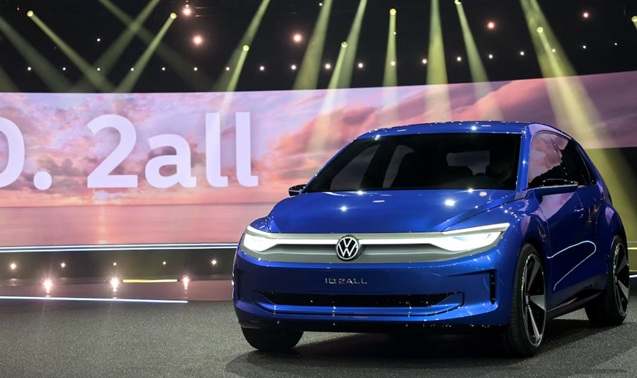In a surprising turn of events, KORE Power has officially abandoned its plans to build a $1 billion lithium-ion battery factory in Buckeye, Arizona. The ambitious project, which promised thousands of jobs and positioned itself as a key player in the U.S. battery industry, is no longer moving forward. Adding to the shake-up, the company’s founder and CEO, Lindsay Gorrill, has stepped down, marking a significant leadership transition. But what led to this abrupt change? And what does it mean for the future of U.S.-based battery manufacturing? Let’s dive into the details.
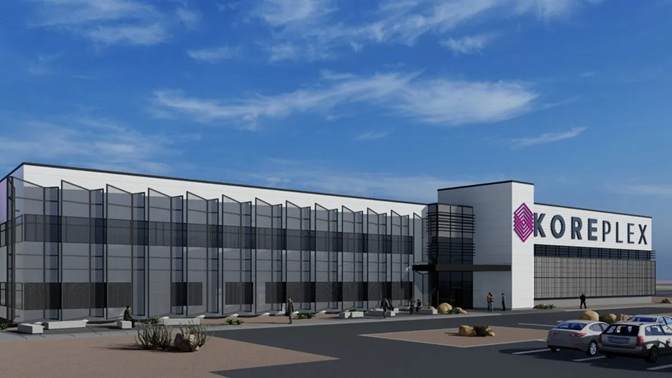
A Billion-Dollar Dream – Now Up for Sale
Idaho-based KORE Power initially had grand plans for its massive KOREPlex facility in Buckeye, Arizona. Spanning two million square feet, the plant was expected to manufacture cutting-edge lithium-ion battery cells, catering to both the electric vehicle (EV) and energy storage markets.
The factory was designed to produce two key types of batteries:
- Nickel Manganese Cobalt (NMC) cells – typically used in high-performance EVs.
- Lithium Iron Phosphate (LFP) cells – known for their durability and affordability, often used in energy storage and budget-friendly EVs.
With an $850 million loan from the U.S. Department of Energy (DOE) in its pocket, KORE Power seemed poised to become a domestic battery manufacturing leader. The facility was projected to bring around 3,000 jobs to Arizona, further boosting the state’s reputation as an emerging hub for clean energy innovation.
However, the company has now decided to sell the site, signaling a major shift in its strategy.
Why Did KORE Power Scrap Its Arizona Factory?
While the company hasn’t provided a detailed explanation, its official statement points to a strategic restructuring aimed at better serving its customers and ensuring long-term success. Here are some possible reasons why KORE Power pulled the plug on the project:
1. Financial Challenges
Despite securing an $850 million DOE loan, building a large-scale battery plant requires massive capital investment beyond just government funding. The economic climate, fluctuating interest rates, and supply chain costs may have made the project financially unfeasible.
2. Market Uncertainty
The EV and energy storage industries are evolving rapidly. Competition from major players like Tesla, Panasonic, and CATL, as well as new technological advancements, may have made KORE Power rethink its position in the market.
3. Shifting Business Priorities
The decision to restructure suggests KORE Power may be pivoting toward a different business model, potentially focusing on partnerships, licensing technology, or scaling production in a different way.
CEO Steps Down
In another major development, CEO and founder Lindsay Gorrill has stepped down, handing over leadership to Jay Bellows, who was previously serving as the company’s president. Gorrill will remain on the company’s board, ensuring some level of continuity.
Gorrill announced the transition on LinkedIn, expressing confidence in Bellows’ ability to lead KORE Power into its next chapter:
“Jay is a remarkable leader whose expertise, integrity, and dedication will undoubtedly take KORE to new heights.”
This leadership change could indicate a new strategic direction for KORE Power—one that may not require a massive U.S.-based manufacturing facility.
Although the Arizona factory won’t be built, KORE Power is not shutting down. The company still aims to play a role in the clean energy revolution, but its approach may now be different. Here are a few potential paths forward:
- Expanding Through Partnerships: KORE Power could collaborate with established manufacturers rather than investing in its own factory.
- Shifting to Battery Technology Development: Instead of large-scale production, the company may focus on R&D and licensing its battery technology to other firms.
- Exploring Alternative Locations: While Buckeye, Arizona, is off the table, KORE Power may still consider building a facility in another region with better financial or logistical incentives.
A Setback for U.S. Battery Manufacturing?
The decision to cancel the Arizona plant raises concerns about the state of domestic battery production. The U.S. has been working to reduce its dependence on foreign battery manufacturers, especially those in China. Losing a major project like KOREPlex is a setback in that effort.
However, the industry as a whole is still growing. Major companies like Tesla, Ford, and GM are investing heavily in U.S.-based battery production. Additionally, the Inflation Reduction Act (IRA) provides strong incentives for companies to manufacture batteries domestically.
KORE Power’s decision to scrap its Arizona battery plant marks a significant shift in its business strategy. Whether due to financial constraints, market competition, or a strategic pivot, the move highlights the challenges of scaling battery production in the U.S.
While this setback is disappointing, it doesn’t mean the end for KORE Power. With new leadership and a restructuring plan, the company may still find innovative ways to stay relevant in the fast-evolving clean energy industry.
What do you think? Should KORE Power have pushed forward with its Arizona factory, or is this a smart business move?
PEOPLE WHO READ THIS, ALSO READ

